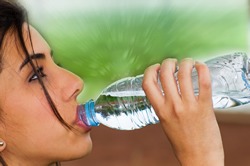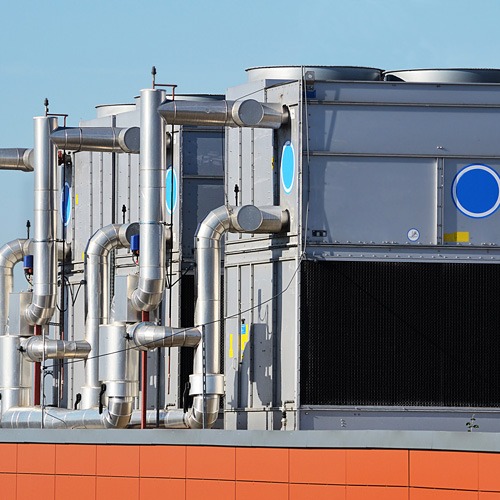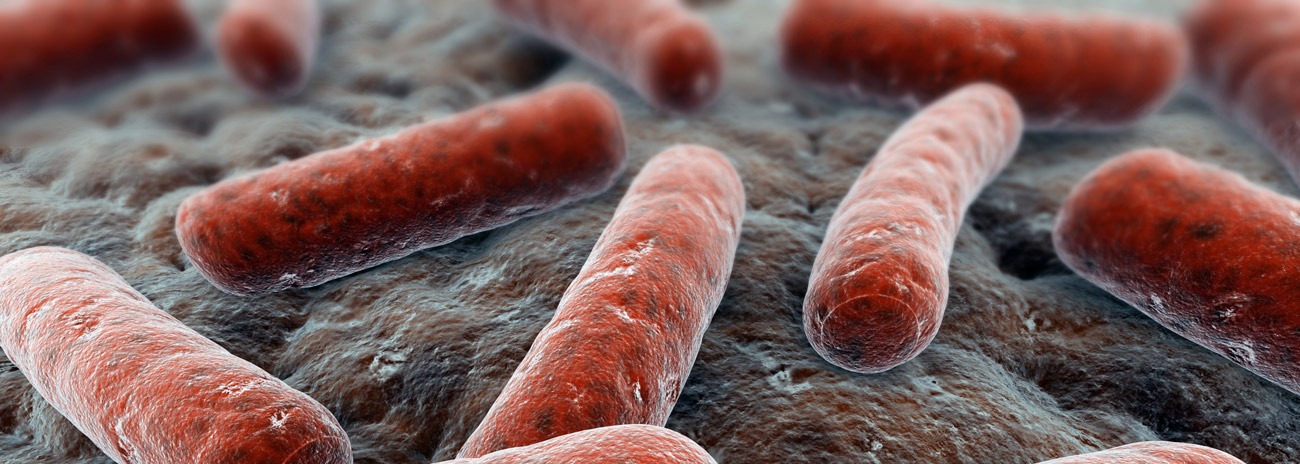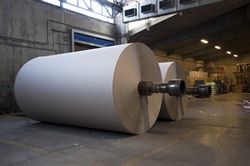Private Water Supplies – Wells, Springs, Boreholes
What is a private water supply?
In general terms, a private water supply is any water supply which is not provided by a water company. It is not a “mains” supply. About 1% of the population of England and Wales have private water supplies to their homes.
Most private supplies are situated in the more remote, rural parts of the country. The source of the supply may be a well, borehole, spring, stream, river, lake or pond. The supply may serve just one property or several properties through a network of pipes.
What is the problem?
Safe drinking water is essential to good health. All private water supplies can pose a threat to health unless they are properly protected and treated. They may become contaminated with bacteria, protozoa, parasites and viruses (micro-organisms) or other substances. Many of these are harmless, but some may cause serious illness or even death in vulnerable people. You may not be able to tell whether your water is safe as contamination may not show by smell, taste or colour of the water. Unlike public supplies, many private supplies are not treated to remove contamination.
This document explains a number of things you can do to protect your supply and reduce the risk of contamination. It also gives you information about different types of private water supply, and things which may contaminate them.
What should I do?
Find out about your water supply:
- Who is responsible for the upkeep and maintenance (if this is not clear, consider reaching an agreement with the other users).
- Where is the source?
- Where does it go to get to your property?
- Is it treated in any way?
- Is the treatment equipment in good order & serviced regularly?
Keep your supply safe
Make sure you inspect all parts of your supply, including the catchment area, regularly to check it is in good order and has not been interfered with or damaged. Any defects found should be put right as quickly as possible.
Supplies from springs, wells or boreholes
Check that the source is adequately protected to stop surface water getting into your supply, particularly at times of heavy rain.
Supplies from streams, rivers, lakes or ponds
The collection arrangement should include a settlement pond to allow larger particles to settle out before the water flows into your supply.
The collection arrangement should also include a sand or gravel filter after the settlement pond to remove organic material and small animals. These filters may not remove all micro-organisms and will not remove chemical contamination.
Ensure that the water being collected is not contaminated by discharges from a septic tank, any sewage discharge upstream or runoff from farmland.
Supplies from farmland where animals graze or manure is spread
Divert rain water runoff so it does not flow into your supply (for example, with a small ditch leading away from your supply).
Check that the farmer is aware of the drinking water supply and the need to avoid contaminating it by farming activity.
Fencing may be necessary to stop farm and other animals from gaining access to areas where they could contaminate the water source.
If your supply has water collection chambers and/or storage tanks
- These should have watertight and vermin-proof walls and lids.
- Tops of chambers or tanks should be above ground level to prevent water from surrounding land flowing into them.
- Any overflow pipes or vents in chambers and tanks should be designed to stop animals and debris from entering them.
- The collection chamber should not be close to any soakaway or drain.
If you supply water to others
If you supply water to other people in the course of a business, for example by renting out holiday accommodation or using water for food production, you have a duty of care towards customers for the safety of water you supply.
For example, if you think your water may be unsafe, you may have to:
- Advise boiling all water for drinking and food production.
- Use or suggest others use bottled water.
Should I get my supply checked?
Local councils monitor the quality of all private supplies, although depending on how many people use the supply, this may not happen often. If you want to know the results of previous tests of your supply contact your local council to obtain a copy of the analysis.
You can also contact the council if:
- You would like to have an additional test done.
- You are the sole user of a supply and would like to have your water tested for the first time.
The council is likely to charge you for this service. Alternatively, you can arrange for your own first time or additional tests using a private laboratory. Remember that a water test can only tell you about the quality of the water at the time of the test. The quality of your water may change at different times. Your local council can advise you what the result of the test on your water supply means.
Should I get my supply treated?
If your supply is contaminated or may become contaminated, you can and should install treatment for your private water supply. If it serves more than one household it is better (and probably more economical) to install treatment for the supply as a whole rather than in individual households. Many different forms of treatment are available, and your choice must suit your particular supply and the type of contamination. Your local council will be able to give advice about treatment methods or other improvements to your water supply. If you know your supply is contaminated with micro-organisms you should boil all water to be used for drinking and food preparation until suitable treatment is installed.
What else can I do?
If you no longer want to use your private supply, you can ask your local water company about the possibility of connecting to the public supply (“the mains supply”). You will probably have to pay all of the costs. Contact your local water company for further information (see your phone book under “Water”).
Sources of contamination
Micro-organisms
- A number of serious illnesses can be contracted from water that is contaminated with certain micro-organisms. The most likely source of contamination of the water will be animal droppings. Water supplies drawn from farmed land where animals graze or where manure is spread are at most risk.
- The risk is particularly high at times of heavy rainfall when water may run directly off farmland and carry micro-organisms into private water supplies. Discharges from cess pits or septic tanks are another likely source of contamination.
- All those who drink contaminated water are at risk of infection. However, the risk for those who do not drink the water regularly and are not used to it, such as visitors and guests, is likely to be greater. It may be advisable for them to use boiled or bottled water for drinking.
Chemicals
Private water supplies may be affected by chemicals:
- used in farming or forestry, for example, nitrate and sheep-dip chemicals and other pesticides. Nitrate is only a problem in some parts of England and Wales. Water containing high levels of nitrate is particularly unsuitable for bottle-fed babies.
- used in industrial or commercial premises or workshops, for example, solvents from metal finishing industries or dry cleaning premises.
- occurring naturally in the catchment area, for example, iron or manganese or colour from peat. These may affect the appearance, taste or smell of the water. On the whole, these are not dangerous to health.
If you are not sure whether your water is affected, ask your local council for advice about the level of nitrate or other chemicals in your water supply.
Lead
Lead can be particularly harmful to very young children. Many private water supplies in England and Wales are naturally acidic and may dissolve lead. If your water supply passes through a lead tank or pipes, either outside or inside the home, it is likely there will be a significant amount of dissolved lead in your water and you may need to replace your tank or pipes.
Types of private water supply
Springs, boreholes and wells
Springs, boreholes and deep wells that draw water from deep underground sources are less likely to be contaminated than supplies from other sources but water may become contaminated where:
- the spring emerges,
- the water collects in the borehole or well.
In farmland, underground water can pick up nitrates (from fertilisers) or pesticides which may be harmful to health. Water from shallow wells, and springs which draw water from close to the surface of the ground is usually less satisfactory and more likely to be contaminated.
Streams, rivers, lakes and ponds
The quality of water from streams, rivers, lakes and ponds will generally not be as good as that from springs, boreholes and wells. The quality of water will also vary depending on the weather conditions. It is most likely to be contaminated, particularly with micro-organisms, at times of:
- high rainfall,
- warm weather.
Water that runs across the land into streams, rivers and lakes picks up contamination from various sources, for example, from the soil and from the droppings of farm animals, wild animals and birds. Some of this contamination may be dangerous to health.
Reproduced courtesy of the Drinking Water Inspectorate. Updated 10 July 2002 © Crown copyright
——————
Accepta Ltd is a manufacturer and supplier of water treatment chemicals which are produced in the UK and shipped internationally. Accepta also has on site Microbiological and Chemistry analysis laboratories that provided water analysis services.







